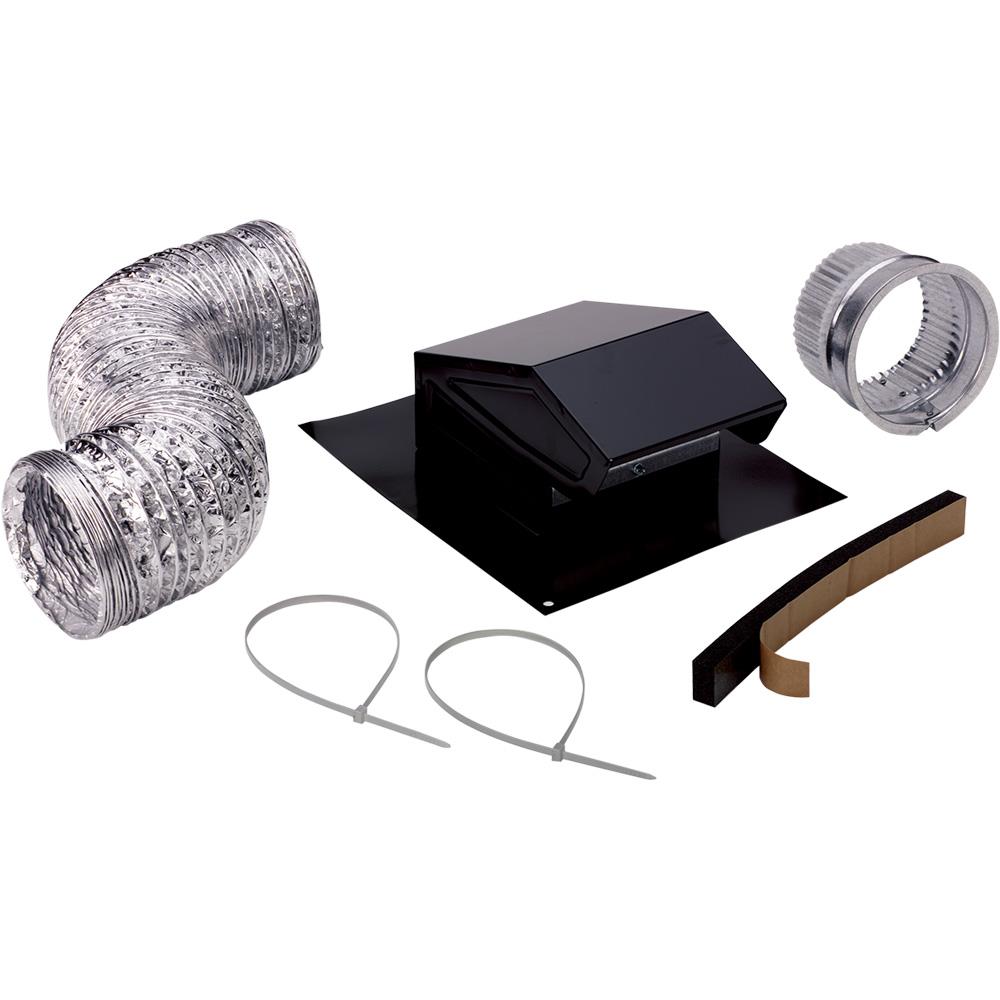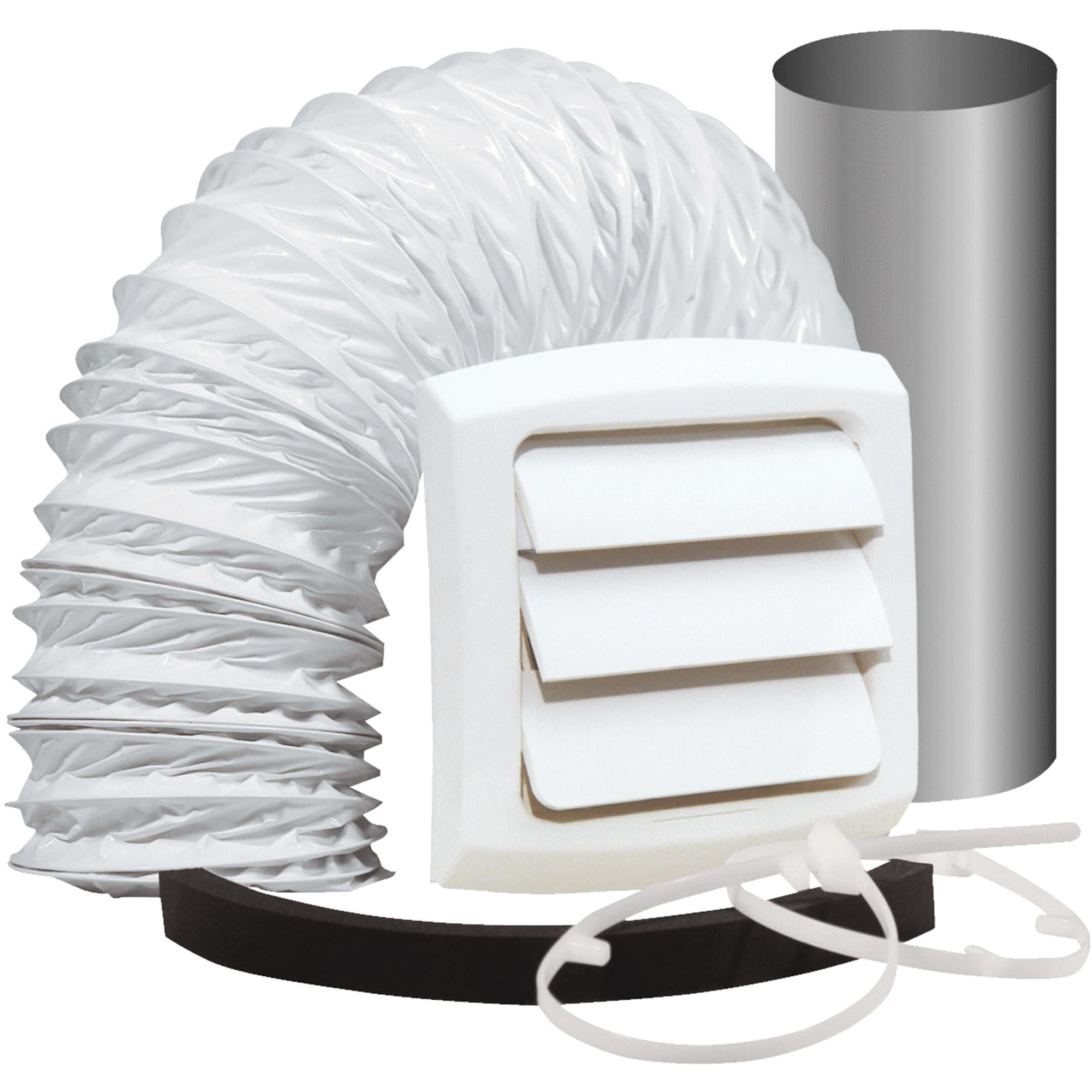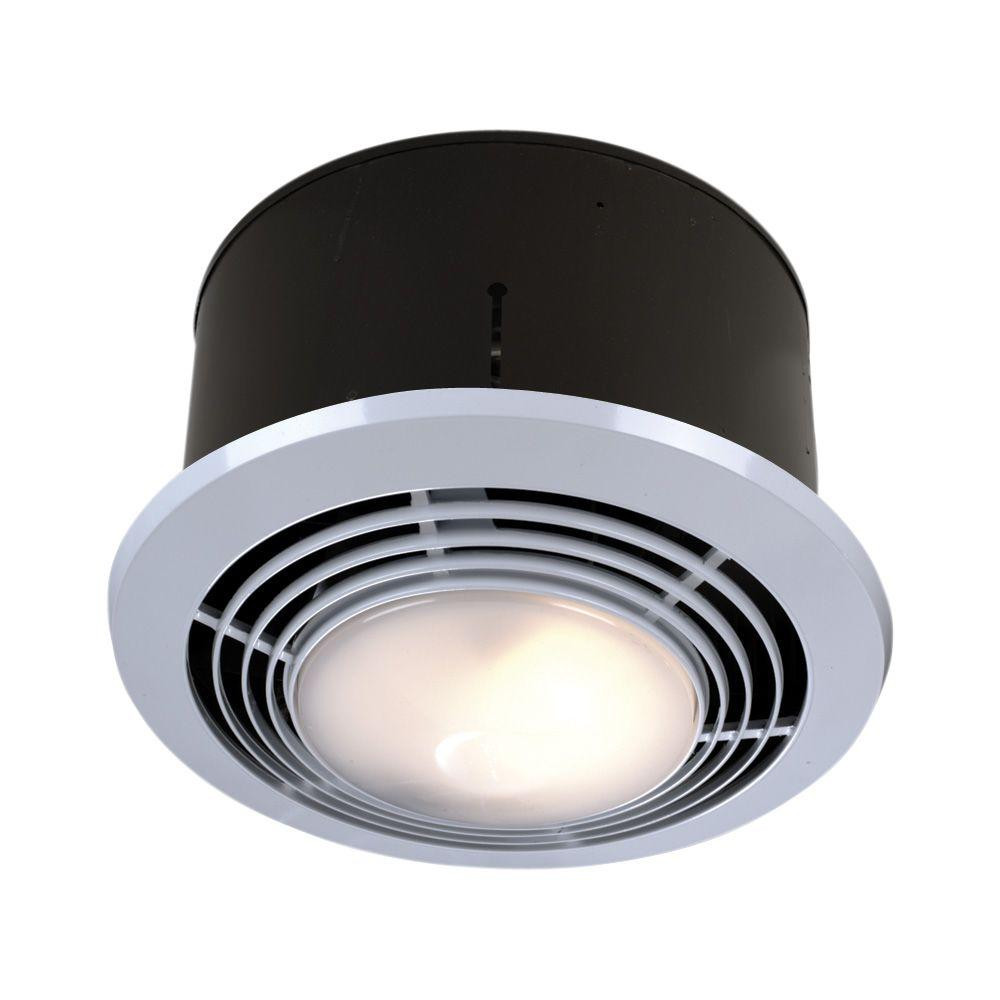Bathroom Door Air Vent Functionality

A bathroom door air vent, often referred to as a bathroom door grille or vent, serves a crucial role in maintaining a healthy and comfortable bathroom environment. Its primary function is to facilitate the circulation of air, effectively removing moisture and odors from the room.
Importance of Ventilation in Bathrooms
Ventilation is critical in bathrooms to prevent the buildup of moisture and humidity, which can lead to various problems. These problems include mold and mildew growth, unpleasant odors, and even structural damage to the bathroom.
- Mold and Mildew Growth: Moisture trapped in the bathroom can create an ideal environment for mold and mildew to thrive. These fungi can cause respiratory problems, allergies, and other health issues.
- Unpleasant Odors: The buildup of moisture and odors from showers, toilets, and other bathroom activities can create an unpleasant atmosphere.
- Structural Damage: Excessive moisture can lead to wood rot, paint peeling, and other structural damage to the bathroom.
Types of Bathroom Door Air Vents
Bathroom door air vents come in various designs and materials, each offering distinct advantages and disadvantages.
- Fixed Vents: These vents are typically made of plastic or metal and are permanently attached to the bathroom door. They offer a simple and cost-effective solution for basic ventilation.
- Adjustable Vents: Adjustable vents allow for greater control over airflow. They can be opened or closed depending on the level of ventilation required.
- Automatic Vents: These vents are designed to automatically open and close based on humidity levels in the bathroom. They provide optimal ventilation without manual intervention.
Advantages and Disadvantages of Vent Types
The choice of bathroom door air vent depends on individual needs and preferences.
- Fixed Vents:
- Advantages: Cost-effective, simple installation, and low maintenance.
- Disadvantages: Limited control over airflow, may not be sufficient for high-moisture environments.
- Adjustable Vents:
- Advantages: Greater control over airflow, suitable for various bathroom sizes and usage patterns.
- Disadvantages: Slightly more expensive than fixed vents, require manual adjustment.
- Automatic Vents:
- Advantages: Optimal ventilation, energy-efficient, convenient, and low maintenance.
- Disadvantages: Most expensive option, may require professional installation.
Installation and Maintenance

Installing a bathroom door air vent can enhance ventilation and reduce moisture buildup, contributing to a healthier and more comfortable bathroom environment. Proper installation and regular maintenance are crucial to ensure optimal performance and longevity.
Installation, Bathroom door air vent
Installing a bathroom door air vent typically involves a few straightforward steps.
- Choosing the Right Location: The air vent should be positioned strategically to ensure effective air circulation. Ideally, it should be located near the bottom of the door, allowing for efficient extraction of moist air.
- Marking and Drilling: Measure and mark the desired location on the door for the air vent. Carefully drill pilot holes using a drill bit slightly smaller than the screws provided with the vent.
- Securing the Vent: Align the air vent with the marked location and gently screw it into place using the provided screws. Ensure that the vent is securely fastened to the door.
- Testing and Adjustment: After installation, test the vent’s functionality by opening the bathroom door and observing the air flow. Adjust the vent’s position if necessary to achieve optimal air circulation.
Maintenance
Regular maintenance of the bathroom door air vent is essential for maintaining its effectiveness and preventing potential issues.
- Cleaning the Vent: Periodically clean the vent’s exterior and interior using a soft brush or vacuum cleaner to remove dust and debris. Avoid using harsh chemicals that could damage the vent’s material.
- Checking for Blockages: Inspect the vent’s openings and ensure that they are not blocked by any objects. If a blockage is detected, remove it carefully to restore proper airflow.
- Lubricating Moving Parts: If the vent has moving parts, such as a sliding panel, lubricate them with a light oil to prevent sticking or friction. Avoid using excessive amounts of oil, as it could attract dust and debris.
Troubleshooting Common Issues
| Issue | Troubleshooting Steps |
|---|---|
| Insufficient Airflow | Check for blockages in the vent’s openings. Ensure the vent is properly installed and securely fastened to the door. Adjust the vent’s position if necessary. |
| Excessive Noise | Inspect the vent’s moving parts for any loose or worn components. Lubricate moving parts if necessary. Check for any obstructions that might be causing vibration or noise. |
| Moisture Buildup | Ensure the vent is positioned correctly to allow for efficient air circulation. Check for blockages in the vent’s openings. Consider increasing the ventilation time or frequency. |
Choosing the Right Vent
Selecting the appropriate bathroom door air vent depends on factors such as bathroom size and usage.
- Bathroom Size: For smaller bathrooms, a smaller vent may suffice. Larger bathrooms may require a larger vent with a higher airflow capacity to effectively remove moisture.
- Usage Frequency: Bathrooms that are used frequently, such as those in multi-person households, may benefit from a vent with a higher airflow rate to address increased moisture levels.
- Ventilation Needs: Consider the specific ventilation requirements of your bathroom. If the bathroom has a window or other ventilation sources, a smaller vent may be sufficient. If the bathroom lacks natural ventilation, a larger vent with a higher airflow capacity may be necessary.
Design and Aesthetics: Bathroom Door Air Vent

Bathroom door air vents, often overlooked in the grand scheme of bathroom design, hold the potential to elevate the overall aesthetic appeal of your space. Their subtle presence can blend seamlessly into various bathroom styles, adding a touch of functionality and visual harmony.
Design Options for Bathroom Door Air Vents
The choice of design for your bathroom door air vent is paramount to achieving a cohesive and aesthetically pleasing bathroom. Vent designs can range from minimalist and discreet to bold and statement-making, catering to diverse bathroom styles.
- Materials: Vent materials play a significant role in determining the overall aesthetic. Popular choices include:
- Metal: Aluminum, stainless steel, and brass are commonly used materials that offer durability, corrosion resistance, and a modern, sleek look.
- Plastic: PVC or ABS plastic vents are cost-effective and lightweight, often available in various colors to match your bathroom decor.
- Wood: Wooden vents can add a touch of warmth and natural elegance, especially in bathrooms with a rustic or farmhouse theme.
- Finishes: The finish of your vent can significantly impact its visual appeal. Consider options like:
- Polished: Polished metal vents reflect light, adding a touch of brilliance to your bathroom.
- Brushed: Brushed metal finishes provide a subtle, textured look that blends seamlessly into modern bathroom designs.
- Matte: Matte finishes offer a less reflective, more subdued appearance, suitable for minimalist or contemporary bathrooms.
- Painted: Plastic vents can be painted to match your bathroom’s color scheme, creating a cohesive look.
- Shape and Size: Vent shapes and sizes vary, allowing for customization to fit your bathroom’s aesthetic.
- Rectangular: Classic and versatile, rectangular vents blend seamlessly into most bathroom designs.
- Square: Square vents offer a modern, geometric look, particularly suitable for contemporary bathrooms.
- Round: Round vents add a touch of whimsy and can be a focal point in bathrooms with a vintage or eclectic style.
Seamless Integration into Bathroom Design
The key to achieving a visually appealing bathroom is to seamlessly integrate the air vent into the overall design. Consider these tips:
- Matching Materials: Choose a vent material that complements other bathroom fixtures, such as faucets, towel bars, and cabinet hardware.
- Color Coordination: Select a vent color that matches or complements the bathroom’s color scheme, creating a cohesive and visually pleasing look.
- Concealing the Vent: Incorporate the vent into a decorative element, such as a towel rack or a shelf, to minimize its visual presence.
Impact of Vent Placement on Bathroom Aesthetics
The placement of your bathroom door air vent can significantly impact the visual appeal of your space.
- Placement Considerations:
- High Placement: Placing the vent high on the door can create a more discreet and unobtrusive look, especially in smaller bathrooms.
- Low Placement: Placing the vent low on the door can create a more pronounced visual effect, adding a subtle design element to the bathroom.
- Centered Placement: Centering the vent on the door can create a balanced and symmetrical look, particularly suitable for traditional or formal bathrooms.
Bathroom door air vents play a crucial role in maintaining proper ventilation, preventing moisture buildup, and mitigating the risk of mold growth. However, incorporating a sliding barn door bathroom vanity can introduce unique design challenges for air vent placement.
Careful consideration should be given to ensure that the vent is positioned effectively to facilitate optimal airflow, while maintaining the aesthetic appeal of the barn door design.
Bathroom door air vents are crucial for proper ventilation, preventing moisture buildup and promoting a healthy environment. A well-ventilated bathroom can enhance the longevity of fixtures, such as a kendall blue bathroom vanity 30 , by minimizing the risk of damage from condensation.
While air vents address moisture concerns, they also play a vital role in reducing odors and improving overall air quality, contributing to a more pleasant bathroom experience.